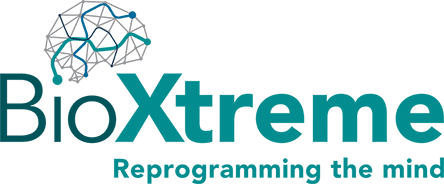The functional and structural changes that take place in the brain cortex and brain
stem during acquisition of a new and old motor skill highlight the need to find a
rehabilitation method based on known motor learning/relearning principles that
include: massed practice; task-specific for the required daily task; variability of
practice; and practice of increasing difficulty.
Physical rehabilitation after a stroke using interactive robotic technologies is
becoming more common today. It provides automatic, repetitive training, with high
volume and accuracy for objectively measuring a patient’s motor performance, as
well as the robotic device can delivers mechanical perturbation during training.
Nevertheless, the use of virtual reality and robotic technologies, a major portion of
stroke patients maintained significant long-term disability.
Error augmentation or error enhancement (EE) training was designated to enhance
motor recovery. EE using external forces to working through internal model intending
to amplify the tracking error to increase the participant’s motivation to advance
tracking accuracy. The robot-EE utilizes an integrated system combining robotic
forces and tracking of upper limb allowing the patient to perform targeted and
discrete arm reaching movements during specific games. EE means that when the
patient move his hand to the left, the robot moves his hand further to the left; The
“error” that was enhanced was the patient’s’ deviation from the “ideal point-to-point
reaching trajectory” i.e., ideal trajectory was assumed to be a straight line from
point A to point B.
EE can be explained as follows: unexpected external perturbation forces acting upon
the upper limb during a reaching movement will cause the upper limb to deflect
from the reaching pathway and these results in errors. If we allow for repetitive
reaching performance with the same systematic perturbation forces, then we notice
a decrease in errors. The motor learning component responsible for this error
reduction is an internal model update, in other words the preplanned motor
program is continuously updated during the reaching movements.
Our recent EE study results (submitted for publication) highlight the positive effect of
EE to improve motor recovery over standard robotic training. Nevertheless, the
underlying mechanism related to these effects is not clear. Learning models suggest
that the extent of movement correction depends on the magnitude of the error
experienced in the previous movement. A current notion suggests that the sensitivity
to an error experienced in the previous movement increases as the magnitude of
error decreases. In other words, small movement errors are more reliable to be used
for correcting the ongoing motor command than large errors. Correspondingly, since
the error sensitivity increases with small errors, it would be expected to observe
rapid adaptation with small but not large errors. Additionally non-neural
mechanisms, such as motivation and maximal exertion during training, might also
contribute to positive clinical effects of EE training.

